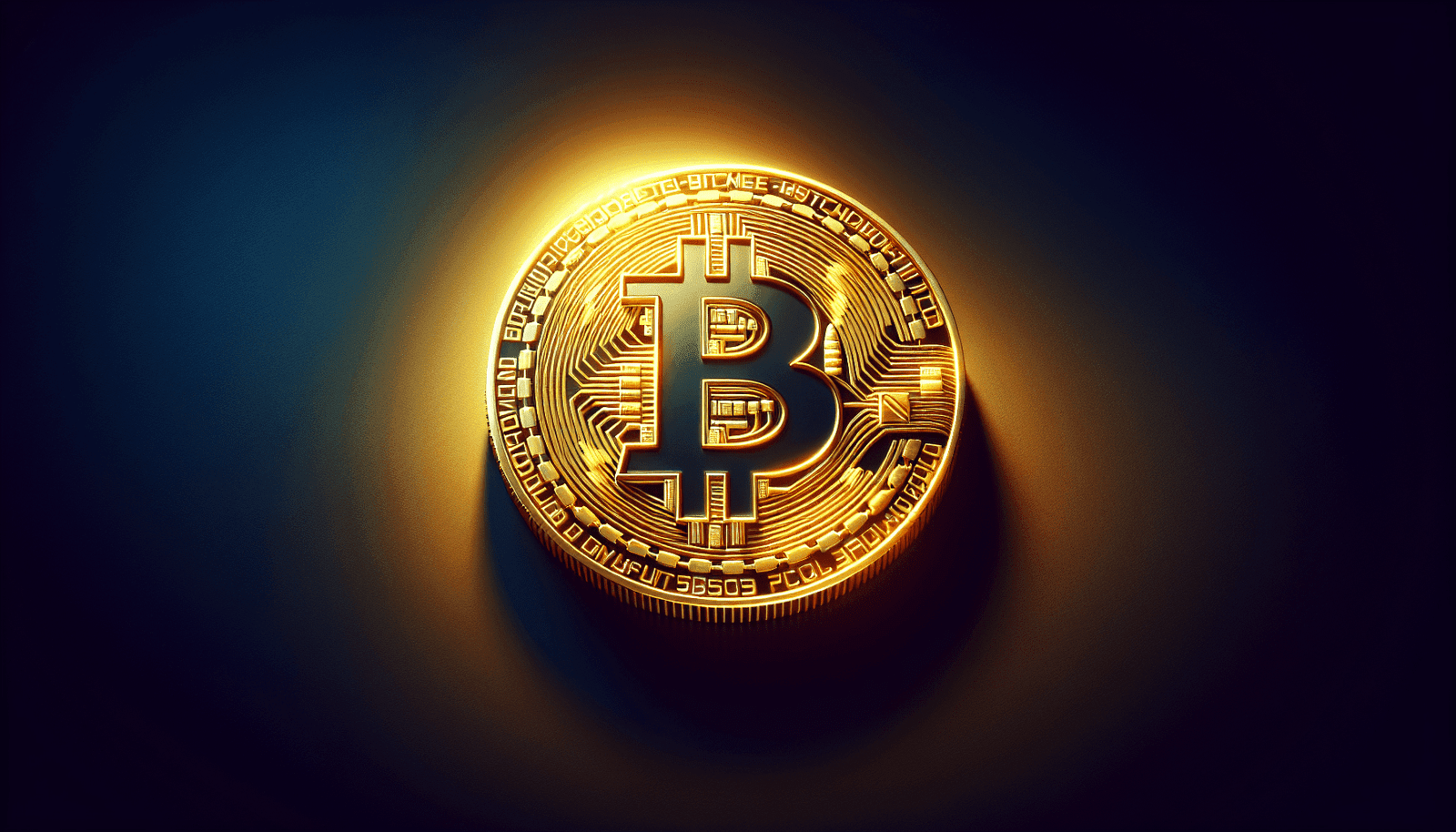
According to JPMorgan, Grayscale’s GBTC could potentially see another $1.5 billion in sales from arbitrage traders, as the fund’s discount to net asset value (NAV) narrows. In the past, many investors purchased GBTC at a significant discount to NAV with the expectation of its future conversion into an ETF. However, now that ETFs have been launched, these investors are taking full profits and leaving the bitcoin space entirely, rather than transitioning to cheaper spot bitcoin ETFs. This has led to significant outflows from GBTC, putting pressure on bitcoin prices. Additionally, JPMorgan highlights that GBTC’s high fees make it less competitive compared to other spot bitcoin ETFs, which could result in even more capital exiting the fund.
Background on Grayscale and GBTC
1.1 Grayscale’s GBTC
Grayscale’s GBTC (Grayscale Bitcoin Trust) is a regulated investment vehicle that allows investors to gain exposure to Bitcoin without directly purchasing the cryptocurrency. It is currently the largest regulated Bitcoin fund in the world by assets under management (AUM).
1.2 GBTC’s discount to NAV
One significant factor that has driven the popularity of GBTC is its historically wide discount to net asset value (NAV). This discount means that investors can buy shares of GBTC at a lower price compared to the underlying value of the Bitcoin held by the trust.
1.3 Growth of GBTC in 2023
During 2023, GBTC saw significant growth as investors recognized the potential profit opportunity in closing the discount to NAV. It is estimated that up to $3 billion was invested in GBTC in the secondary market during that year.
Impact of Arb Traders on GBTC
2.1 Traders’ investment in GBTC
Arb traders, also known as arbitrage traders, are individuals or entities that take advantage of price discrepancies between different markets or assets. In the case of GBTC, arb traders invested in the fund with the expectation that the discount to NAV would narrow, allowing them to realize a profit.
2.2 Profit-taking and exiting the bitcoin space
As GBTC successfully transitioned from a trust to an ETF, some arb traders have taken the opportunity to exit the bitcoin space entirely. This means that they are not merely shifting their investments to cheaper spot bitcoin ETFs, but rather choosing to divest from the cryptocurrency market altogether.
2.3 Potential outflows and pressure on bitcoin prices
The exit of arb traders from the bitcoin space is expected to result in further outflows from GBTC. It is estimated that $1.5 billion has already exited, and an additional $1.5 billion may follow as traders take full profit from their investments. This potential outflow puts pressure on bitcoin prices, as selling pressure increases in the market.
Concerns about GBTC’s Fees and Liquidity
3.1 Comparing GBTC’s fees with other spot bitcoin ETFs
One of the concerns surrounding GBTC is its relatively high management fee of 1.5%. This fee is higher compared to other spot bitcoin ETFs, some of which charge zero fees for the first six months or until a certain assets under management (AUM) target is reached. The high fee may incentivize investors to move their funds to lower-fee alternatives.
3.2 Risk of further outflows and capital loss
The combination of the discount to NAV and high management fees poses a risk for GBTC, as investors may choose to withdraw their funds due to the potential for capital loss. If GBTC loses its liquidity advantage, it could face substantial outflows, potentially reaching $5 billion to $10 billion.
3.3 Competition from other spot bitcoin ETFs
The emergence of other spot bitcoin ETFs poses a challenge to GBTC. These new offerings, with their lower fees and potentially better liquidity, may attract investors who are seeking alternative investment vehicles. The competition from these ETFs further highlights the need for GBTC to address its fee structure.
Inflows into Other Spot Bitcoin ETFs
4.1 Inflows into spot bitcoin ETFs minus GBTC
Despite the outflows from GBTC, other spot bitcoin ETFs have experienced significant inflows. In just four days, these ETFs attracted around $3 billion in new investments. This level of inflow is comparable to what was seen during previous bitcoin product launches.
4.2 Rotation from existing bitcoin vehicles
A significant portion of the inflows into other spot bitcoin ETFs represents a rotation from existing bitcoin vehicles, such as futures-based ETFs. Investors are shifting their funds from these vehicles to take advantage of the benefits offered by spot bitcoin ETFs, including potentially lower fees and better liquidity.
4.3 Comparison to previous bitcoin product launches
The level of inflows seen during the launch of spot bitcoin ETFs is a positive indication of the market’s interest in these investment vehicles. It suggests that investors are increasingly recognizing the advantages of spot bitcoin ETFs and are willing to allocate their funds accordingly.
Potential Sales and Profits from Arb Traders
5.1 Estimating potential sales from arb traders
Based on the initial estimate of $3 billion invested by arb traders in GBTC, it is projected that approximately $1.5 billion has already been sold. However, there is still potential for an additional $1.5 billion to be sold as traders take profit from their positions.
5.2 $1.5 billion already exited, $1.5 billion more to come
The current outflow of $1.5 billion from GBTC is a notable amount, but there is an expectation that an equal amount could follow. This potential additional exit from GBTC has implications for bitcoin prices and market dynamics, as increased selling pressure may result in downward price movements.
5.3 Impact on bitcoin prices and market dynamics
The combined impact of arb traders exiting the bitcoin space and the potential additional outflows from GBTC can put pressure on bitcoin prices. As selling pressure increases, it may lead to a decline in prices. Additionally, these outflows can affect market dynamics, as the supply and demand dynamics of bitcoin are influenced by the actions of market participants.
The Future of GBTC and its Competitors
6.1 Pressure on GBTC to lower fees
With the emergence of other spot bitcoin ETFs offering lower fees, GBTC faces pressure to address its fee structure. Investors are becoming more cost-conscious and may choose to move their funds to alternative ETFs that offer comparable exposure to bitcoin at a lower cost.
6.2 Potential loss of liquidity advantage
One of the advantages of GBTC has been its liquidity advantage compared to other bitcoin investment vehicles. However, if GBTC sees substantial outflows and loses its liquidity advantage, it may struggle to compete with other spot bitcoin ETFs that offer similar liquidity and potentially lower fees.
6.3 Competition in the spot bitcoin ETF market
The entry of other spot bitcoin ETFs into the market intensifies the competition in this space. GBTC will need to differentiate itself in terms of fees, liquidity, and overall value proposition to remain competitive and attract investors.
JPMorgan’s Analysis and Recommendations
7.1 JPMorgan’s assessment of the situation
JPMorgan’s analysis suggests that the exit of arb traders from the bitcoin space and the potential outflows from GBTC could have significant implications for bitcoin prices. The bank highlights the need for GBTC to address its fee structure and warns of the risk of further outflows if the trust loses its liquidity advantage.
7.2 Recommendations for GBTC and investors
Based on their analysis, JPMorgan recommends that GBTC lowers its fees to remain competitive in the market. Lowering fees can potentially attract more investors and help mitigate the risk of significant outflows. Additionally, investors are advised to carefully consider the fee structure and liquidity of different spot bitcoin ETFs when making investment decisions.
7.3 Potential outcomes for the market
The outcomes for the market will depend on how GBTC and other spot bitcoin ETFs respond to the challenges and opportunities presented. Lowering fees, improving liquidity, and differentiating themselves in the market are all factors that will influence the future of these investment vehicles and the overall market dynamics.
Conclusion
The impact of arb traders on GBTC and the potential outflows from the trust have important implications for bitcoin prices and market dynamics. The emergence of other spot bitcoin ETFs further intensifies competition in the market, requiring GBTC to address its fees and liquidity to remain competitive. JPMorgan’s analysis provides insights into the potential outcomes for the market and offers recommendations for GBTC and investors to consider. As the market continues to evolve, it will be crucial for participants to stay informed and adapt accordingly.
About Grayscale and CoinDesk
9.1 Overview of Grayscale
Grayscale is a leading digital asset manager that offers investment products for cryptocurrencies such as Bitcoin, Ethereum, and more. The company is known for its flagship product, the Grayscale Bitcoin Trust (GBTC), which allows investors to gain exposure to Bitcoin in a regulated and institutional-grade manner.
9.2 Overview of CoinDesk
CoinDesk is a renowned media outlet focused on cryptocurrency, digital assets, and the future of money. They provide news, analysis, and educational content to inform and engage readers in the rapidly evolving blockchain industry. CoinDesk is committed to high journalistic standards and operates as an independent subsidiary under the ownership of the Bullish group.

RELATED POSTS
View all





